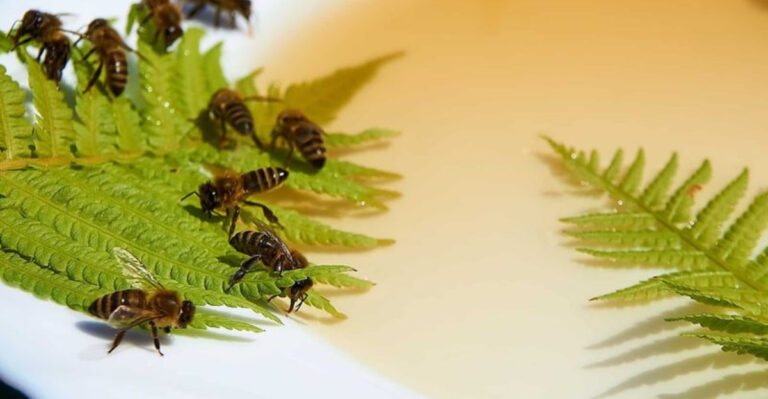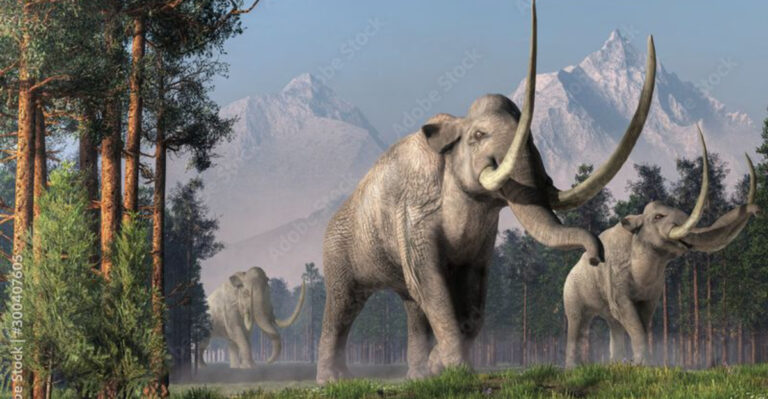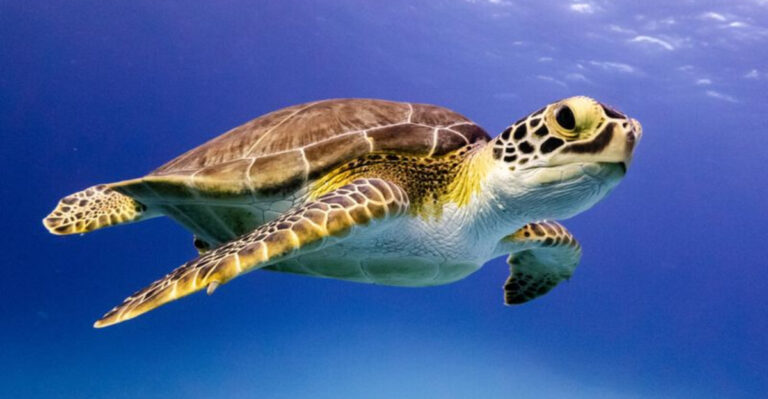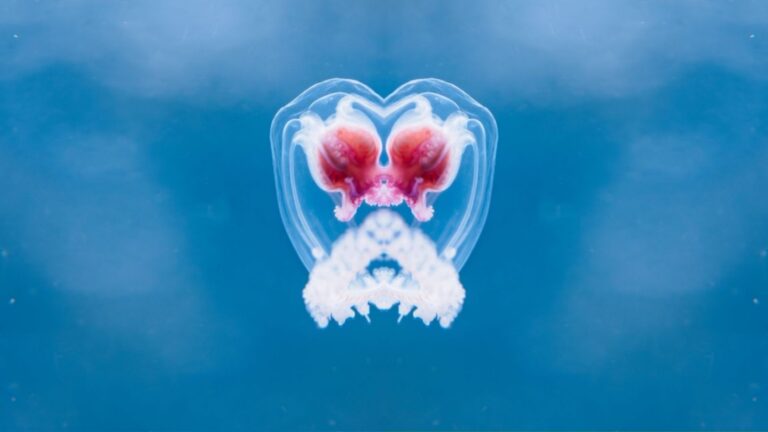9 Animals On The Brink Of Extinction, With Total Loss Expected By 2025
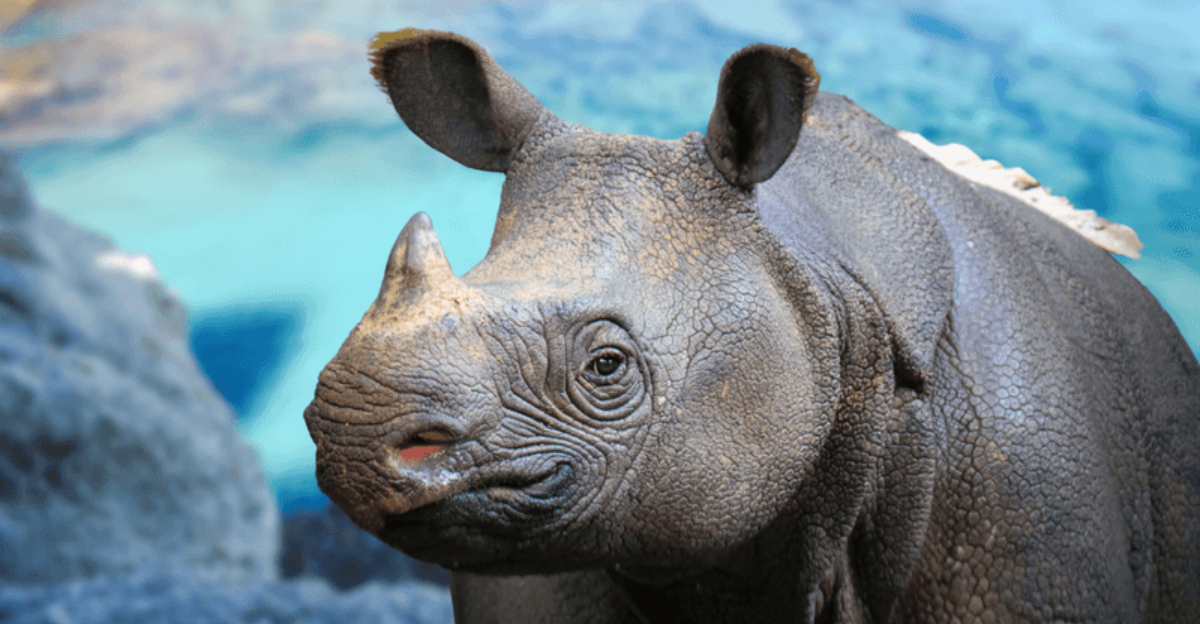
Our planet’s wildlife faces unprecedented threats, with some species teetering on the edge of existence. Scientists warn that several magnificent creatures could vanish completely by 2025, victims of habitat destruction, climate change, and human activity.
The loss of these animals would create ripple effects throughout their ecosystems, permanently altering our natural world and robbing future generations of experiencing these remarkable beings.
1. Vaquita Porpoise, The Sea’s Smallest Cetacean
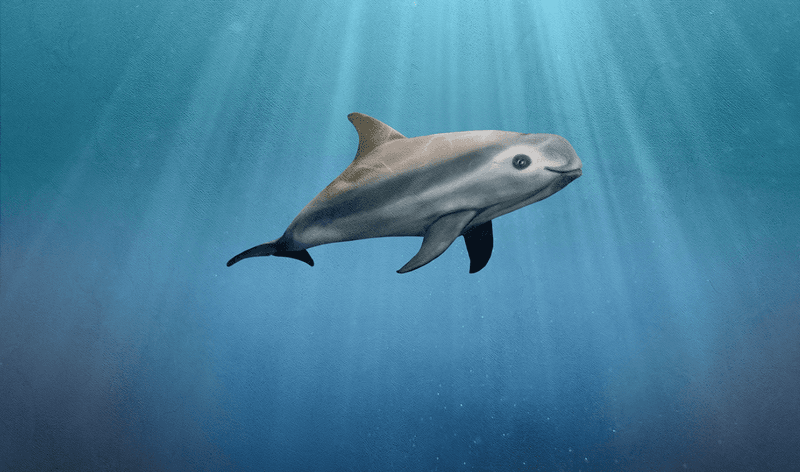
With fewer than 10 individuals remaining in the wild, these tiny porpoises are losing their battle against extinction. Native to Mexico’s Gulf of California, vaquitas are frequently caught in illegal fishing nets meant for the totoaba fish, whose swim bladders fetch astronomical prices in black markets.
Conservation efforts have struggled despite international attention. A captive breeding program failed when the captured vaquitas became too stressed in confinement. Their shy nature and limited range make them particularly vulnerable.
At just 5 feet long and weighing around 120 pounds, these porpoises with distinctive dark eye rings and lips that appear to smile may soon exist only in photographs.
2. Amur Leopard: Russia’s Ghost Cat
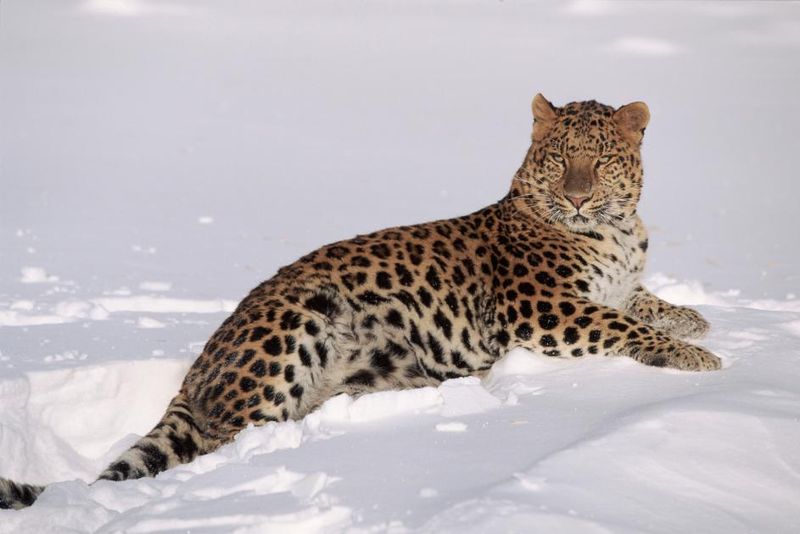
Majestic and elusive, only about 84 Amur leopards remain in the wild forests between Russia and China. Their gorgeous spotted coats, which once helped them hide from prey, made them targets for poachers seeking luxury furs.
These cats face multiple threats beyond poaching. Habitat fragmentation from logging and development has isolated populations, leading to dangerous inbreeding. Forest fires and climate change further shrink their territory.
Unlike other leopards, Amur leopards have adapted to cold climates with longer fur and wider paws that act like natural snowshoes. Without immediate intervention, these remarkable adaptations may disappear forever by 2025.
3. Northern White Rhino, Down To The Final Two
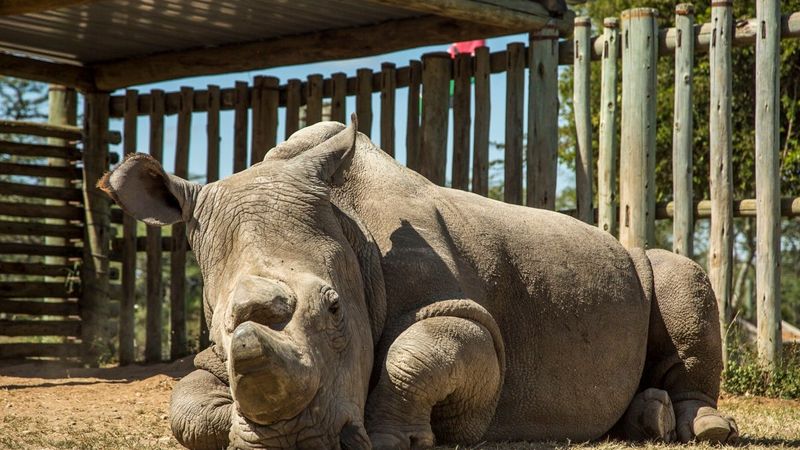
Only two female northern white rhinos remain alive today, both living under 24-hour armed guard at Kenya’s Ol Pejeta Conservancy. The last male, Sudan, died in 2018, effectively ending natural reproduction for the subspecies.
Scientists race against time with innovative reproductive technologies, harvesting eggs from the females and using frozen sperm from deceased males. The hope is to create viable embryos that could be carried by southern white rhino surrogates.
These gentle giants once roamed central Africa in abundance before becoming victims of ruthless poaching for their horns. The loss of such magnificent creatures, weighing up to 3.5 tons and living 40+ years, represents a tragic conservation failure.
4. Yangtze Giant Softshell Turtle, Ancient Living Fossil
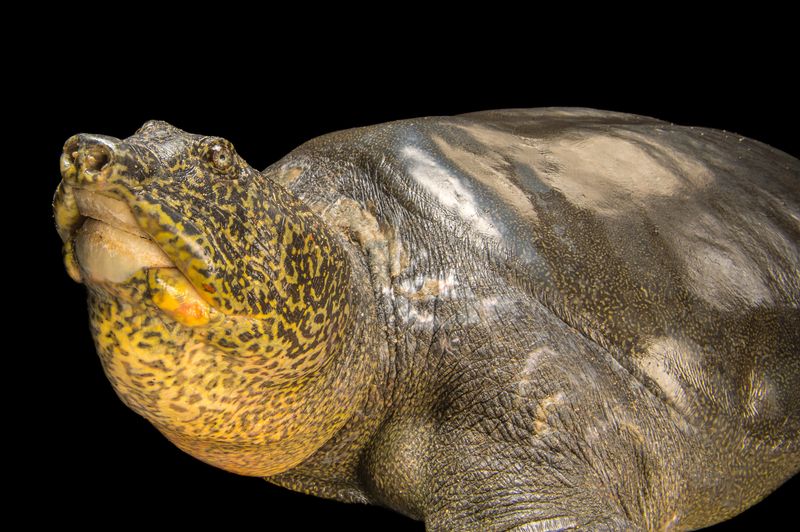
One of the world’s largest freshwater turtles now hangs by the thinnest thread with only three known individuals remaining worldwide. These remarkable reptiles can reach 100+ years old and weigh over 200 pounds, with their distinctive soft, leathery shells.
The death of the last known female in captivity in 2019 dealt a devastating blow to conservation efforts. Scientists had attempted artificial insemination multiple times without success.
Pollution of the Yangtze River, dam construction, and hunting for traditional medicine have decimated their population. A species that survived since the age of dinosaurs now faces extinction during our lifetime, representing an incalculable loss of evolutionary history.
5. Javan Rhino, Forest Shadow On The Edge
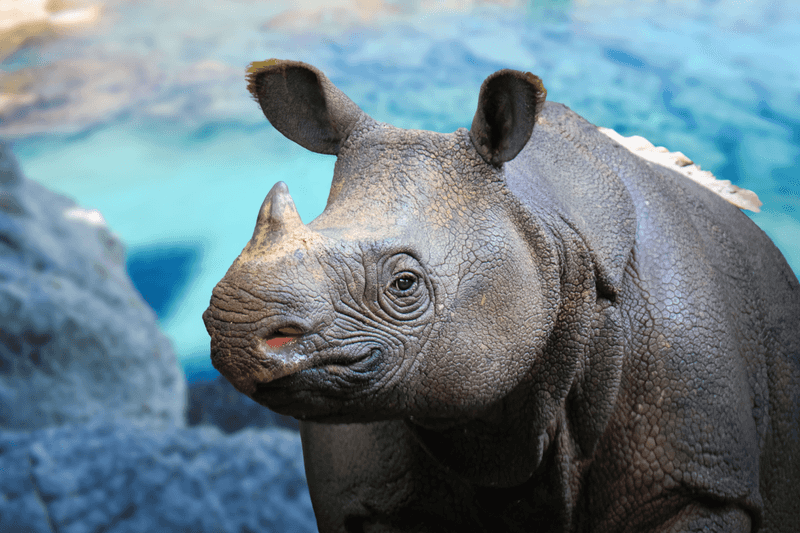
Hidden in the dense jungles of Indonesia’s Ujung Kulon National Park live the last 74 Javan rhinos on Earth. Smaller than their African cousins, these single-horned rhinos move like shadows through the rainforest, rarely seen by human eyes.
A volcanic eruption from nearby Krakatoa could wipe out this entire species in one catastrophic event. Conservation efforts focus on establishing a second population as insurance, but progress has been painfully slow.
Unlike other rhinos, Javans are selective browsers who use their prehensile upper lips to grab branches and leaves. Their solitary nature and preference for dense forest have made them extremely difficult to study or protect effectively.
6. Spix’s Macaw, The Real-Life ‘Rio’ Bird
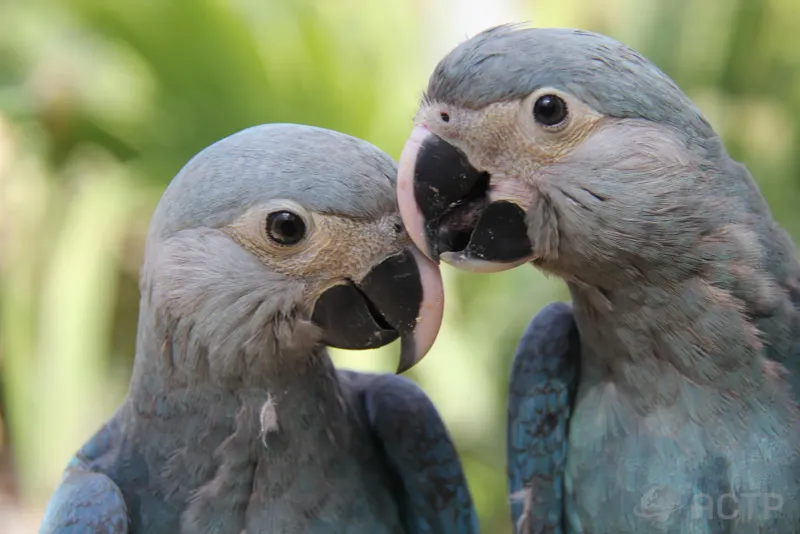
Made famous by the animated film “Rio,” the striking blue Spix’s macaw has already vanished from the wild. A small captive population of around 160 birds represents the last hope for this species, with reintroduction efforts underway in Brazil.
The birds’ decline came from a perfect storm of threats: illegal pet trade, habitat destruction, and introduction of aggressive African honeybees that competed for nesting cavities. Their specialized diet and breeding requirements make conservation especially challenging.
These intelligent parrots form lifelong pair bonds and can mimic human speech. Scientists race to increase genetic diversity in the captive population before 2025, when experts fear the species could collapse due to inbreeding.
7. Saola, The Asian Unicorn’s Last Stand
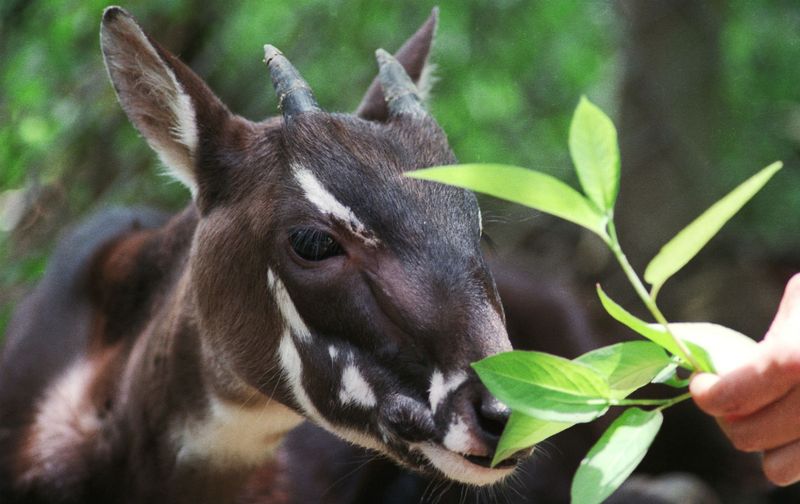
First discovered by science in 1992, the saola might disappear before we truly understand it. This elusive bovine with two parallel horns inhabits the remote mountains between Vietnam and Laos, with possibly fewer than 100 individuals remaining.
No scientist has ever seen a live saola in the wild. Knowledge comes primarily from camera traps and reports from local villagers. Their nickname “Asian unicorn” reflects both their rarity and their mythical status. Hunting with snares set for other animals has decimated their numbers.
The saola’s gentle temperament makes them easy targets when encountered. Without immediate conservation intervention, this remarkable species discovered in our lifetime may vanish before most people even learn it exists.
8. Hainan Gibbon, The Forest Acrobat
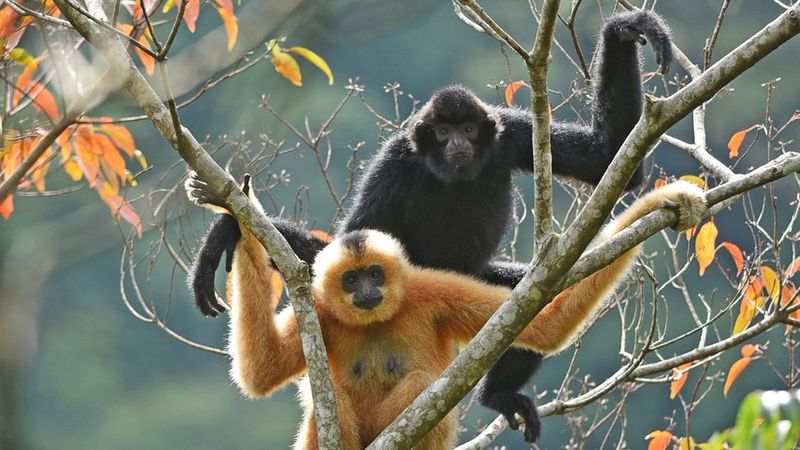
The world’s rarest primate swings through the canopy of a single mountain forest on China’s Hainan Island. With only about 30 individuals remaining, these golden-furred gibbons live in four family groups, their haunting songs echoing through the mist each morning.
Gibbons are the true acrobats of the primate world, capable of swinging through trees at 35 mph. The Hainan species needs connected forest canopy to travel, but logging has fragmented their habitat into isolated patches.
Conservation efforts include planting “canopy bridges” of trees to connect forest fragments. Without immediate action, these remarkable animals with their distinctive songs and complex social structures could be lost within the next few years.
9. Sumatran Rhino, The Hairy Forest Rhinoceros
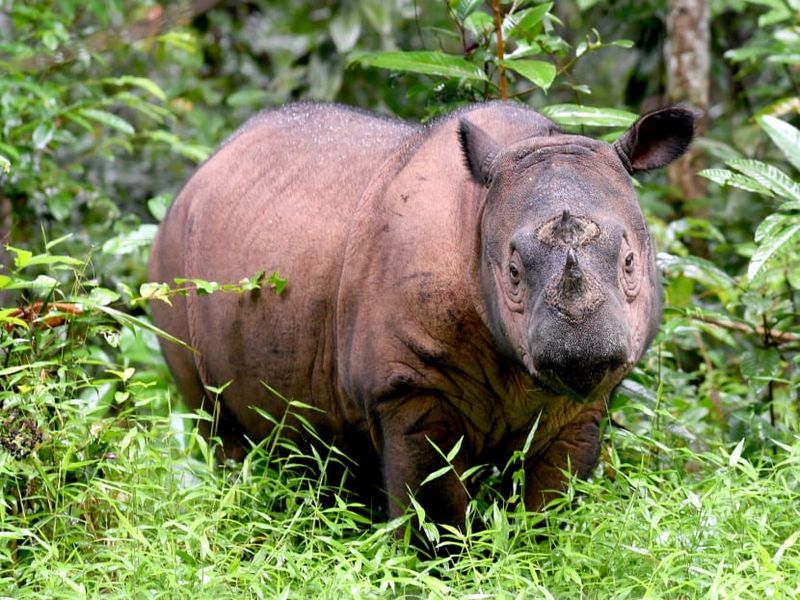
Covered in shaggy reddish-brown hair, the Sumatran rhino looks like a creature from another time. Fewer than 80 individuals survive in fragmented pockets of Indonesian rainforest, making them the most endangered rhino species.
Unlike other rhinos, these smaller, ancient-looking creatures vocalize with whistles, whines and songs. They’re the closest living relatives to the woolly rhinos that roamed during the Ice Age. Each loss represents the extinction of millions of years of evolution.
Breeding efforts face immense challenges as females often develop reproductive problems when kept in captivity. With habitat continually shrinking due to palm oil plantations, time is running out for these remarkable living fossils.


